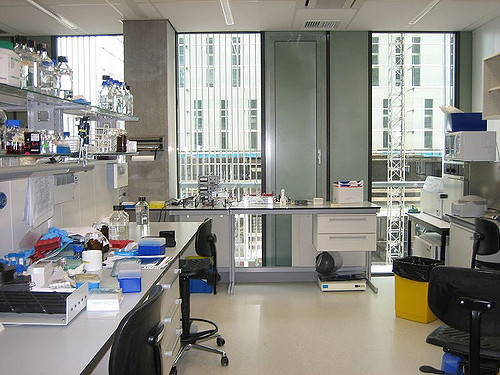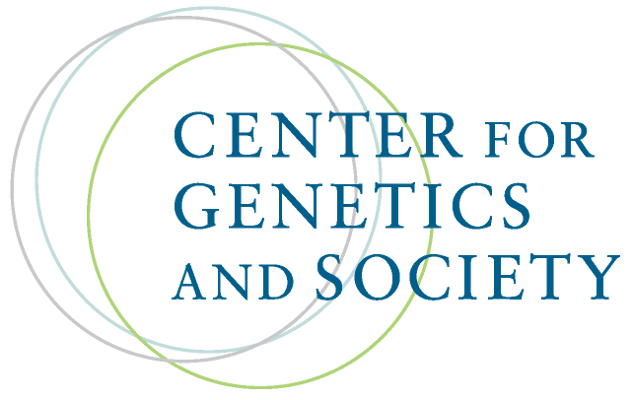Aggregated News

How far should scientists be allowed to go in creating things that resemble primitive human brains, hearts, and even human embryos?
That's the question being asked by a group of Harvard scientists who are doing exactly that in their labs. They're using stem cells, genetics and other new biological engineering techniques to create tissues, primitive organs and other living structures that mimic parts of the human body.
Their concern is that they and others doing this type of "synthetic biology" research might be treading into disturbing territory.
"We don't know where this going to go," says John Aach, a lecturer in genetics at Harvard Medical School. "This is just the beginning of this field."
Aach helped write a paper in the journal eLife, published Tuesday, calling for an international effort to establish guidelines for this provocative area of research.
While all this may sound like something out of Frankenstein, the goal is to find new ways to decipher the mysteries of human biology and to discover novel treatments for health problems ranging from infertility to aging.
"We want...



